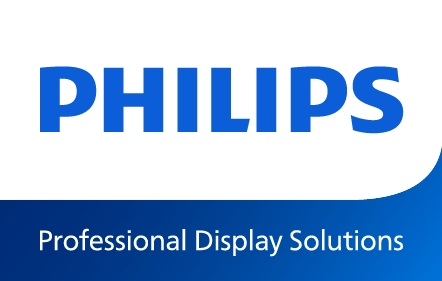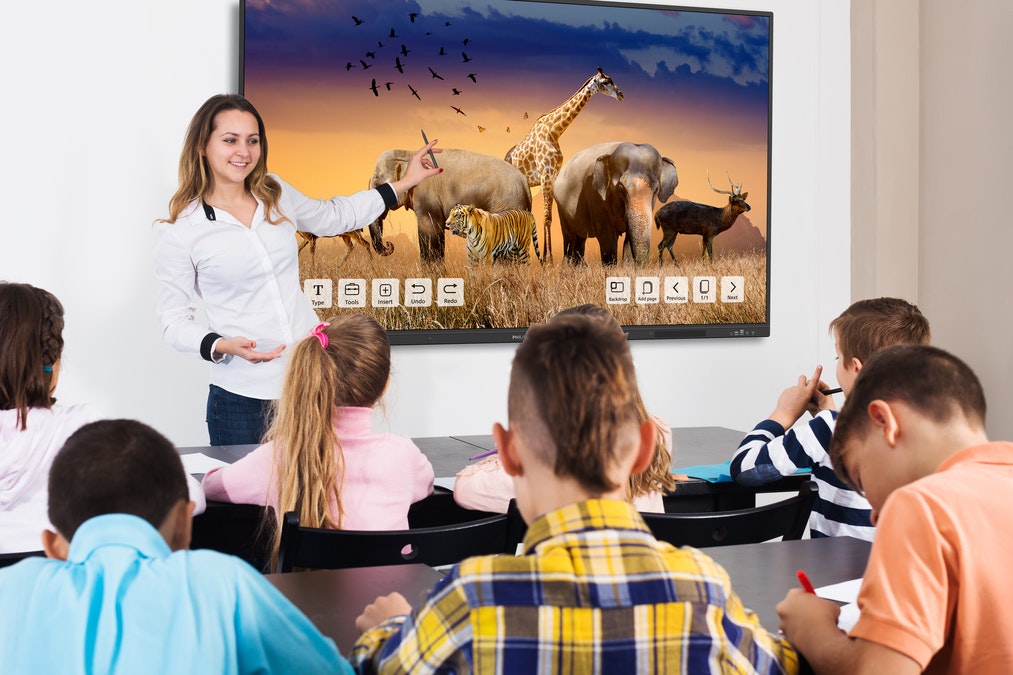Visual Campus – delivering digital education experiences into the future
The visual generation – that’s one of the key traits shared by both Gen Z – the generation born between 1997 and 2012 – and Generation Alpha – those born from 2012 until now. These are the cohorts currently within the education system, and for whom education needs to be tailored. Why? Because they are generations away from being comfortable with the teaching styles that fit their predecessors.
Attention to detail – the need for visual learning
While higher education includes mature students – those aged 21 and over – the vast majority of students in mainstream education now will have been born after the year 2005. And the majority of those will fall into Gen Z and Generation Alpha.
It is suggested that the average attention span of a Gen Z is around eight seconds – that is four seconds (25%) shorter than the average attention span of millennials.
This is likely to be due to the fact that Gen Z and Generation Alpha are digital natives – they have grown up with easy access internet and smart phones, and they have spent their lives so far communicating on a global scale on social media networks. Generation Alpha, even more so than Gen Z. That means that access to electronics is a necessity, and these students have a natural aptitude for technology.
By contrast, their predecessors only had access to these things toward their later childhoods.
This means that, to grab attention, the emphasis for teaching needs to be turned toward visual, rather than text-based, media. Diagrams, infographics, photographs, mind maps, and other visual aids, as well as actively using the technology – will keep students’ attention for longer.
Interactive classroom displays, such as the Philips Collaboration 4152 display for education, together with supporting software, such as Philips Genius, assist teachers introducing visual learning, delivering large scale, high quality content at the front of the class, while enabling connectivity for students either at their desks, or even elsewhere.
The need for connected devices
It is no coincidence that Gen Alphas are sometimes referred to as iPad kids. Apple introduced its first iPad in 2010, just before the first Gen Alpha babies were born. So, it is perhaps no surprise that, according to a Morning Consult survey reported by Business Insider, 54% of Gen Alpha have their own tablets.
Comfortable with this technology, allowing students to learn using their tablets and devices is also becoming key to engagement. Allowing them to bring their independent learning styles and sources into the mix, while keeping them connected with the class.
The Visual Campus
Your education establishment is more than a collection of classrooms, and the visual generations’ experiences can extend far beyond. Bringing digital signage into corridors, the canteen and all around campus will allow them to find their way, retain key information, and feel a deeper connection with their school. dvLED in theatres and sports halls will bring greater engagement. And professional TVs in boarding facilities and student dorms allows additional branding and messaging management, as well as greater and more personalised entertainment.
Discover the Visual Campus with Philips Professional Displays – designed to deliver digital education experiences to students today and into the future.


